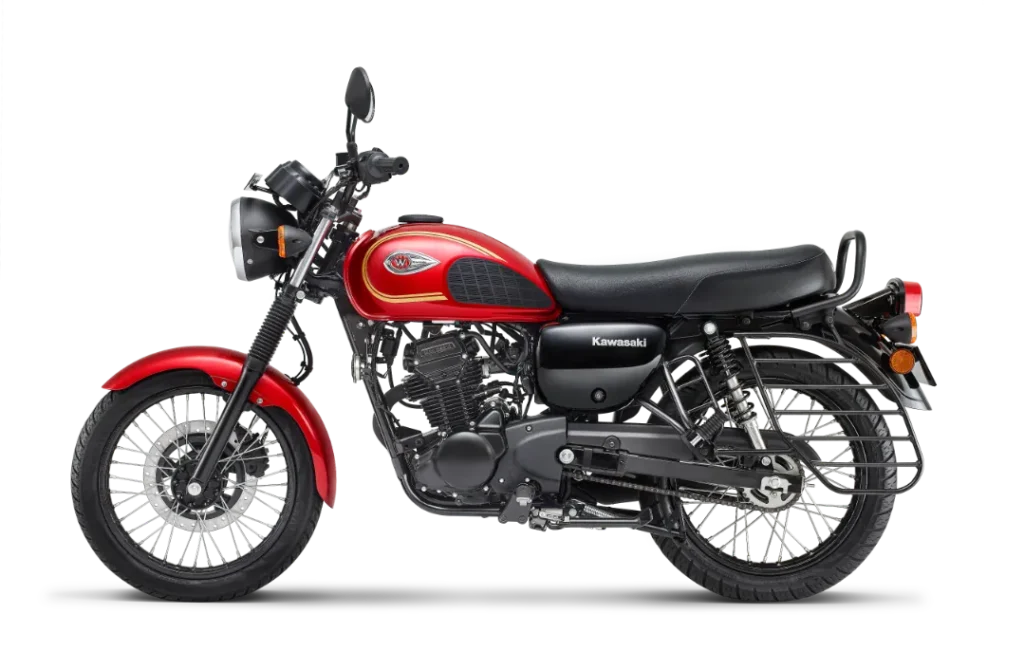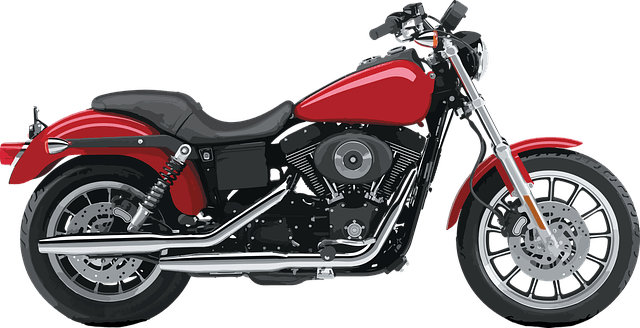Introduction to Motorcycles Engine Works
If you’ve ever ridden a motorcycle or have been fascinated by these two-wheeled wonders, you might have wondered, “How does a motorcycle engine work?” Motorcycle engines are the beating hearts of these machines, converting fuel into power to propel them forward. Understanding the mechanics of motorcycle engines can give you a deeper appreciation for these marvels of engineering. In this article, we’ll explore the intricacies of how motorcycle engines work, covering their components, cycles, fuel systems, ignition, lubrication, cooling, and more.
Basic Components of a Motorcycle Engine
At the core of a motorcycle engine are several essential components that work in harmony to generate power. These components include the piston, cylinder, combustion chamber, crankshaft, camshaft, and valves. The piston moves up and down inside the cylinder, compressing the air-fuel mixture in the combustion chamber. The crankshaft converts the linear motion of the piston into rotational motion, which is then transferred to the wheels through the transmission.
Four-Stroke Cycle
The majority of modern motorcycle engines use the four-stroke cycle, also known as the Otto cycle, to produce power. This cycle consists of four phases: intake, compression, power, and exhaust strokes. During the intake stroke, the piston moves down, allowing the intake valve to open and drawing in a mixture of air and fuel into the cylinder. In the compression stroke, the piston moves up, compressing the air-fuel mixture to prepare it for combustion. The power stroke follows, where the spark plug ignites the compressed mixture, creating a controlled explosion that forces the piston down. Finally, the exhaust stroke pushes out the burnt gases through the open exhaust valve.
Two-Stroke Cycle
While the four-stroke cycle is common, some motorcycles use a two-stroke cycle. In a two-stroke engine, the intake and exhaust strokes occur simultaneously, simplifying the design but often leading to higher emissions and fuel consumption. These engines can be found in smaller motorcycles and certain specialized racing models.

Fuel Systems
Motorcycle engines utilize two primary fuel systems: carbureted engines and fuel-injected engines. Carbureted engines mix the air and fuel in a carburetor before sending it to the combustion chamber. In contrast, fuel-injected engines use electronically controlled injectors to spray fuel directly into the cylinders, providing more precise fuel delivery and better efficiency.
Ignition Systems
Ignition systems are responsible for igniting the air-fuel mixture to initiate combustion. Spark ignition engines use spark plugs, while compression ignition engines rely on the heat generated by the high compression of the air-fuel mixture to ignite it spontaneously. Compression ignition is commonly found in diesel engines.
Engine Lubrication
Proper lubrication is crucial for the smooth operation of motorcycle engines. An oil pump circulates engine oil through the engine, reducing friction and dissipating heat. Choosing the right type of engine oil and regular oil changes are vital for maintaining engine health.
Cooling Systems
To prevent overheating, motorcycle engines require cooling systems. Air-cooled engines dissipate heat through fins on the engine’s surface, while liquid-cooled engines use a coolant liquid to transfer heat away from the engine.
Transmission and Clutch
Motorcycles employ a gearbox to transfer power from the engine to the wheels. The clutch allows the rider to disengage the engine from the gearbox temporarily, enabling smooth gear changes and coming to a stop without stalling.
Common Engine Issues and Maintenance
Like any complex machinery, motorcycle engines can encounter issues over time. Common problems include overheating, oil leaks, and poor performance due to inadequate maintenance. Regularly checking and changing the oil, keeping the cooling system clean, and inspecting the engine for leaks can prolong its life.
Performance Modifications
Enthusiasts often seek to enhance their motorcycle’s performance through modifications. Upgrading the exhaust system and improving air intake can boost power and provide a more exhilarating riding experience.
Electric Motorcycles
In recent years, electric motorcycles have gained popularity. These bikes use electric motors powered by batteries to provide a clean and silent riding experience. They are environmentally friendly and offer instant torque delivery.
Future of Motorcycle Engines
Looking ahead, the motorcycle industry is exploring new possibilities. Hybrid technologies that combine internal combustion engines with electric motors are being developed, aiming for improved fuel efficiency and reduced emissions. Additionally, advancements in battery technology and charging infrastructure are propelling the growth of electric motorcycles.
Conclusion
Understanding how motorcycle engines work is like peering into the heart of these marvelous machines. The intricate interactions of pistons, valves, and combustion cycles come together to create the power that fuels our riding adventures. Whether you own a classic gasoline-powered motorcycle or embrace the quiet hum of an electric bike, knowing the mechanics behind it enriches the riding experience.
FAQs
- What is the role of a crankshaft in a motorcycle engine? The crankshaft converts the reciprocating motion of the piston into rotational motion, driving the wheels of the motorcycle.
- How does a carburetor work in a motorcycle engine? The carburetor mixes air and fuel before sending it to the engine’s combustion chamber, where it is ignited to produce power.
- Are two-stroke engines more powerful than four-stroke engines? Two-stroke engines are generally simpler and lighter but may have higher emissions and fuel consumption compared to four-stroke engines.
- How often should I change the engine oil in my motorcycle? It is recommended to change the engine oil every 3,000 to 5,000 miles, depending on the motorcycle and the type of oil used.
- Can I convert a traditional motorcycle into an electric one? Converting a traditional motorcycle to electric power is possible, but it requires specialized knowledge and skills. Many companies offer electric conversion kits for certain models.
Also Read,
What Is Audi Quattro 4-Wheel Drive System?
How Turbocharger Works?
How does Clutch work?
Understanding How Disc Brake Works | Motorcycle’s Brake





